 Shutterstock
Shutterstock
A dog’s wagging tail is one of the most recognized and heartwarming behaviors in the animal world. While we often think of it as a sign of happiness or affection, tail wagging actually conveys a wide range of emotions, from excitement to alertness. Each wag—whether slow, fast, high, or low—reveals a bit about the dog’s mood and response to their surroundings. Understanding the meanings behind these tail movements can deepen our bond with our furry friends and help us interpret the unique ways they communicate with us.
Expressing Happiness and Excitement
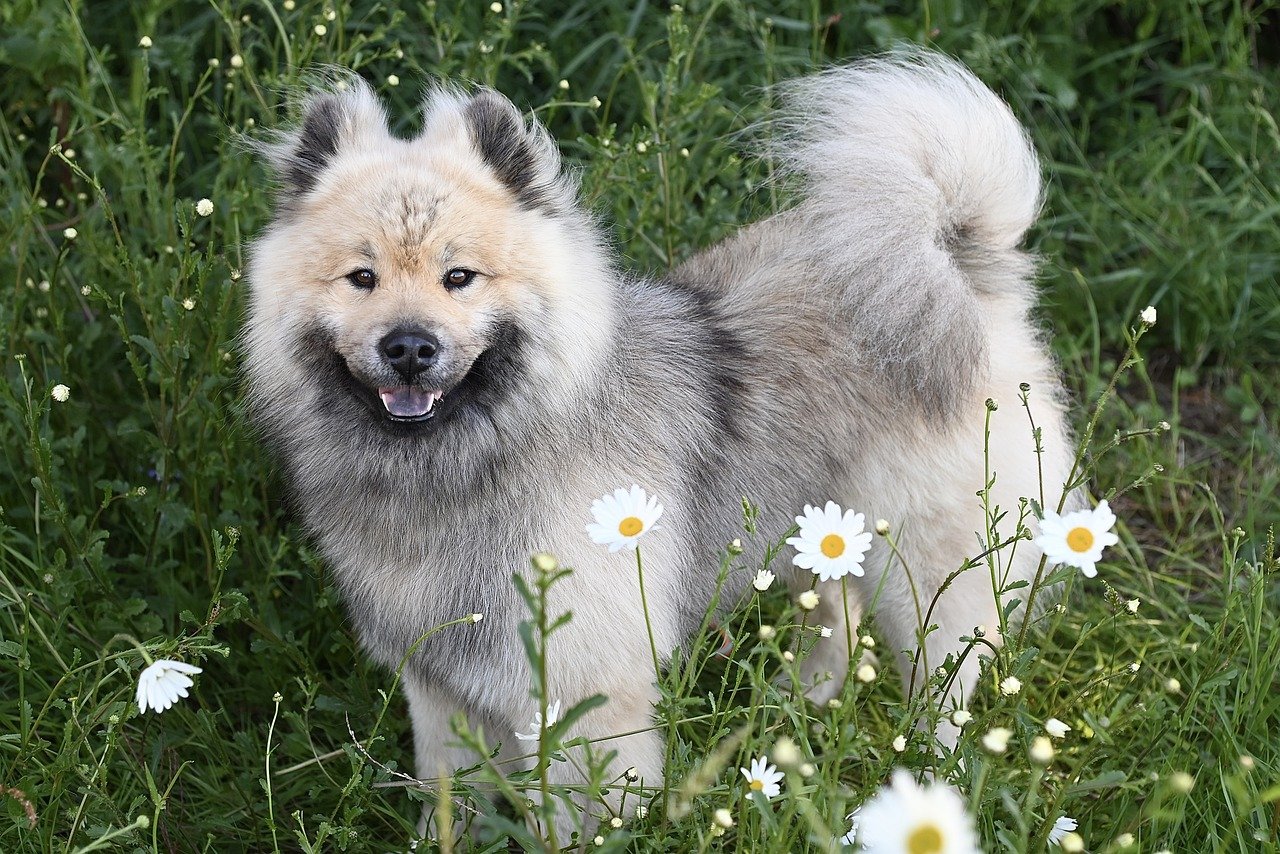 Shutterstock
Shutterstock
One of the primary reasons dogs wag their tails when they see you is to express happiness and excitement. When a dog sees their favorite person after time apart, their joy often becomes so overwhelming that it shows through vigorous tail-wagging. The rapid movement of their tail, along with a relaxed body and open mouth, is a clear indicator that they’re thrilled to be in your presence. This display of happiness is instinctual, showing their deep bond and excitement to spend time with you. For dogs, this enthusiastic tail-wagging is a way of saying, “I’m so glad you’re here!”
Signaling Affection and Bonding
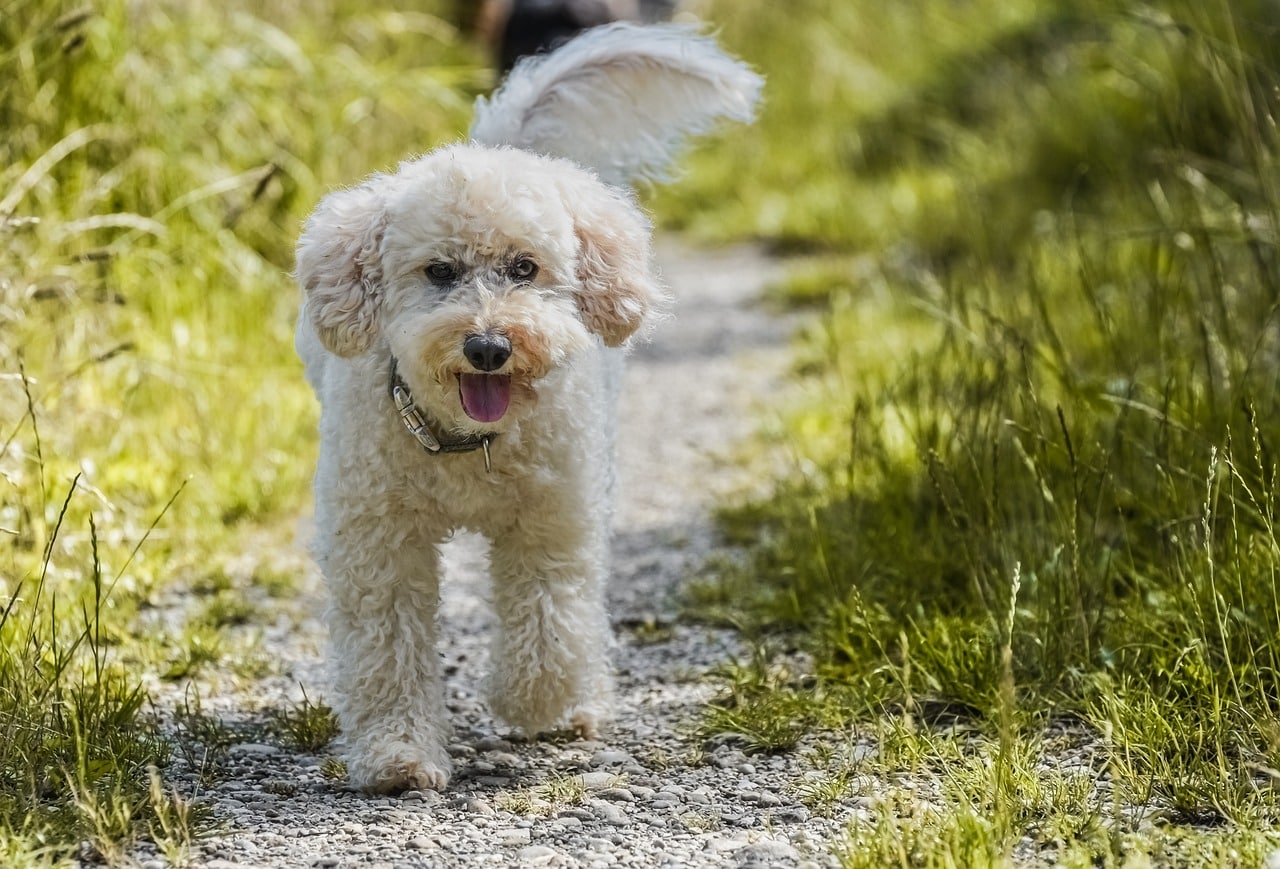 Shutterstock
Shutterstock
A dog’s tail can be a powerful tool for expressing affection and reinforcing their bond with you. When they wag their tail in a slow, relaxed manner while keeping close to you, it often means they feel calm, safe, and affectionate. Dogs use this gentle tail wagging to show their trust and loyalty, solidifying the connection between you. Over time, they’ve learned that showing their affection through tail-wagging elicits positive responses from you, creating a cycle of bonding. This behavior reminds us of the strong emotional connection dogs feel with their humans, which is often reciprocated with pats and love.
Communicating Submission and Friendliness
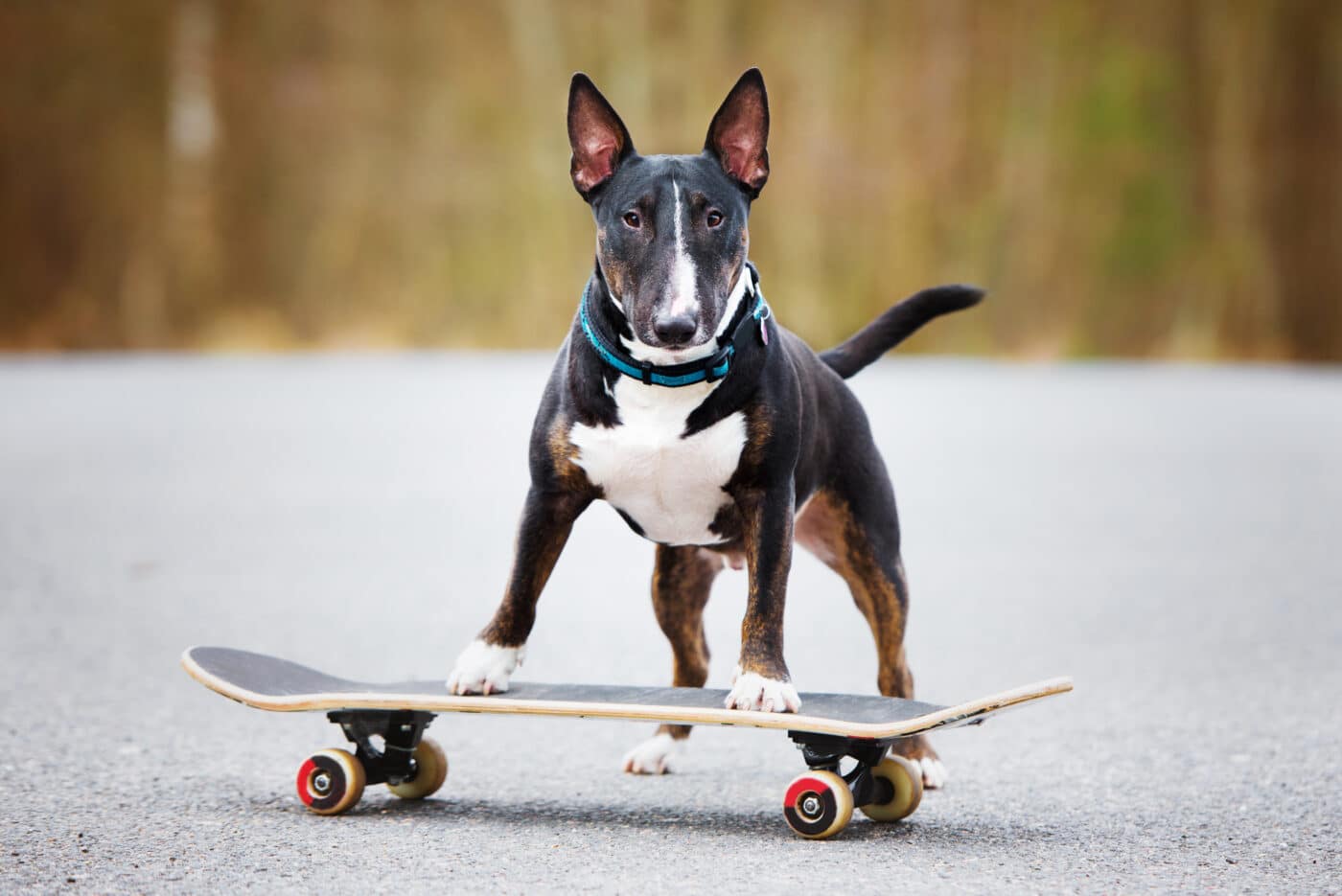 Shutterstock
Shutterstock
When dogs wag their tails in a low, gentle manner, it can be a sign of submission or friendliness. If a dog’s tail is wagging low and slightly tucked, they may be communicating that they mean no harm and are open to friendly interaction. This type of tail wagging is particularly common when meeting new people or other animals, as it signals that they’re approachable and non-threatening. It’s a polite way for dogs to introduce themselves and ease into a social situation. This wag isn’t as energetic as an excited wag but carries the message, “I’m friendly, and I come in peace.”
Responding to Your Emotions
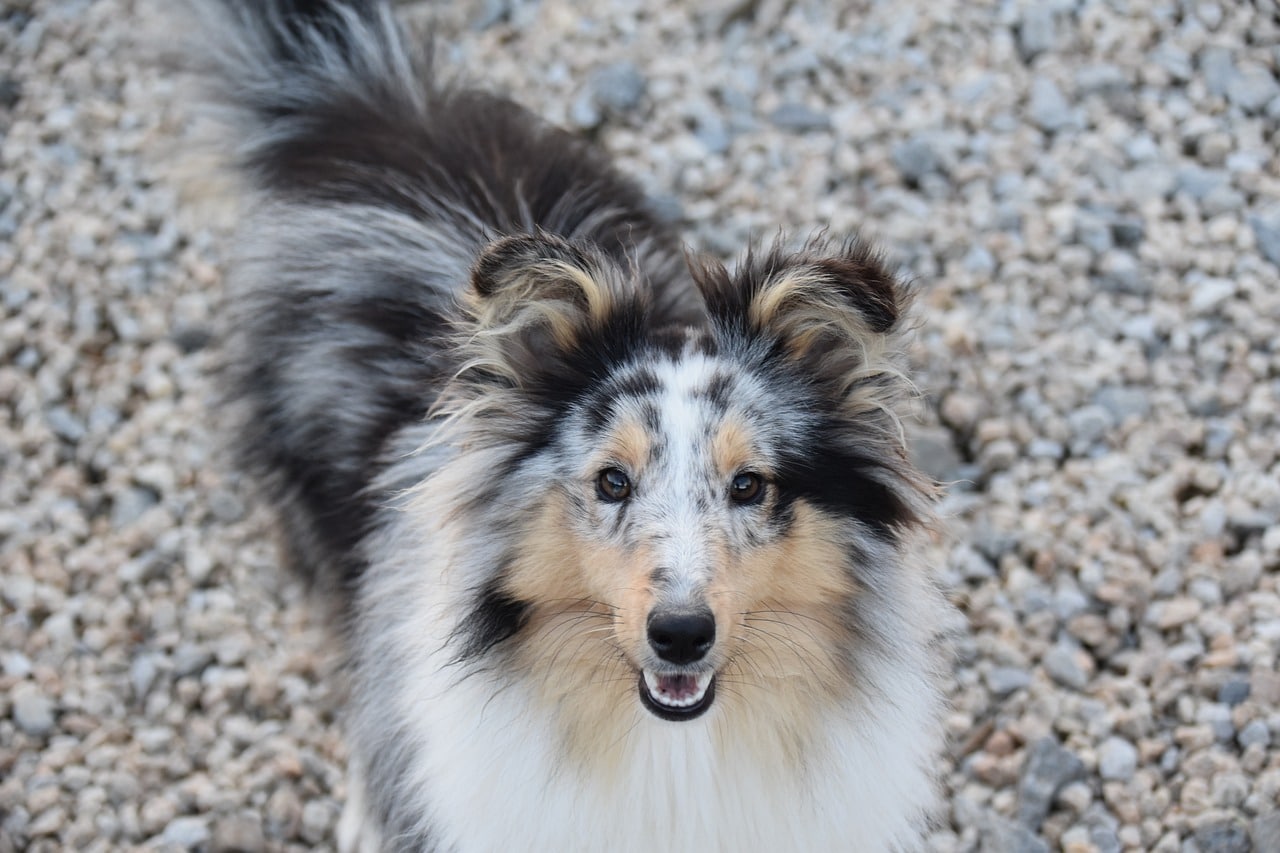 Shutterstock
Shutterstock
Dogs are highly attuned to human emotions, often responding to subtle cues in our body language, tone of voice, and facial expressions. When a dog sees that you’re happy or excited, they may mirror that energy by wagging their tail in response. Dogs are incredibly empathetic animals, and their tail-wagging can be a way of participating in your emotional state. By wagging their tail, they’re essentially joining in on your joy or offering comfort if you seem sad or stressed. This responsive wagging demonstrates the depth of their emotional intelligence, making it clear that they’re in tune with you on a deeper level.
Expressing Curiosity and Interest
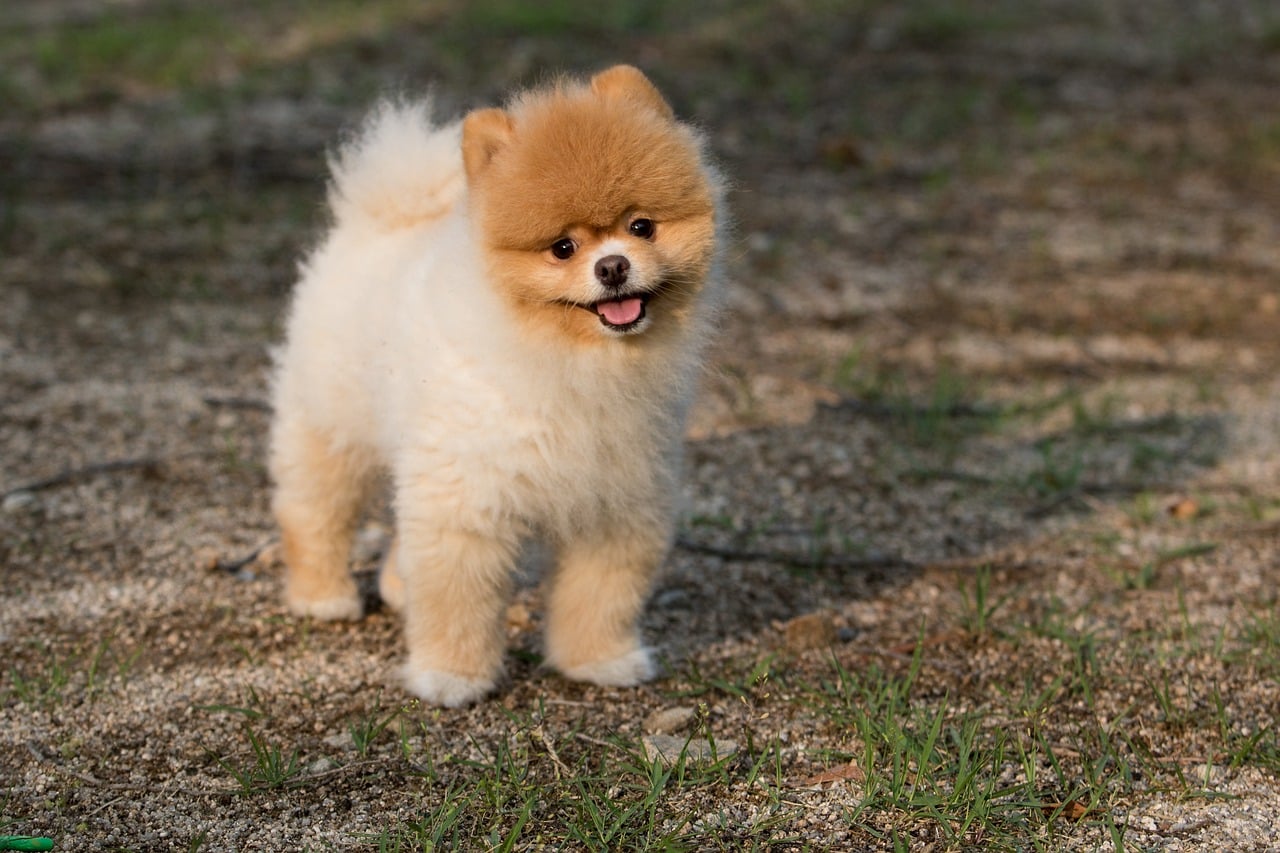 Shutterstock
Shutterstock
Sometimes, a wagging tail simply means that your dog is curious or intrigued by you. When you enter the room or do something unexpected, your dog may wag their tail as a way of showing that you’ve caught their attention. This type of wagging is often slower and paired with an alert posture as they assess the situation. They might tilt their head or even approach cautiously, eager to investigate further. This wagging style conveys a sense of wonder, as if they’re saying, “What’s going on?” or “Tell me more!” It’s their way of signaling that they’re fully engaged and ready for anything.
Seeking Attention or Interaction
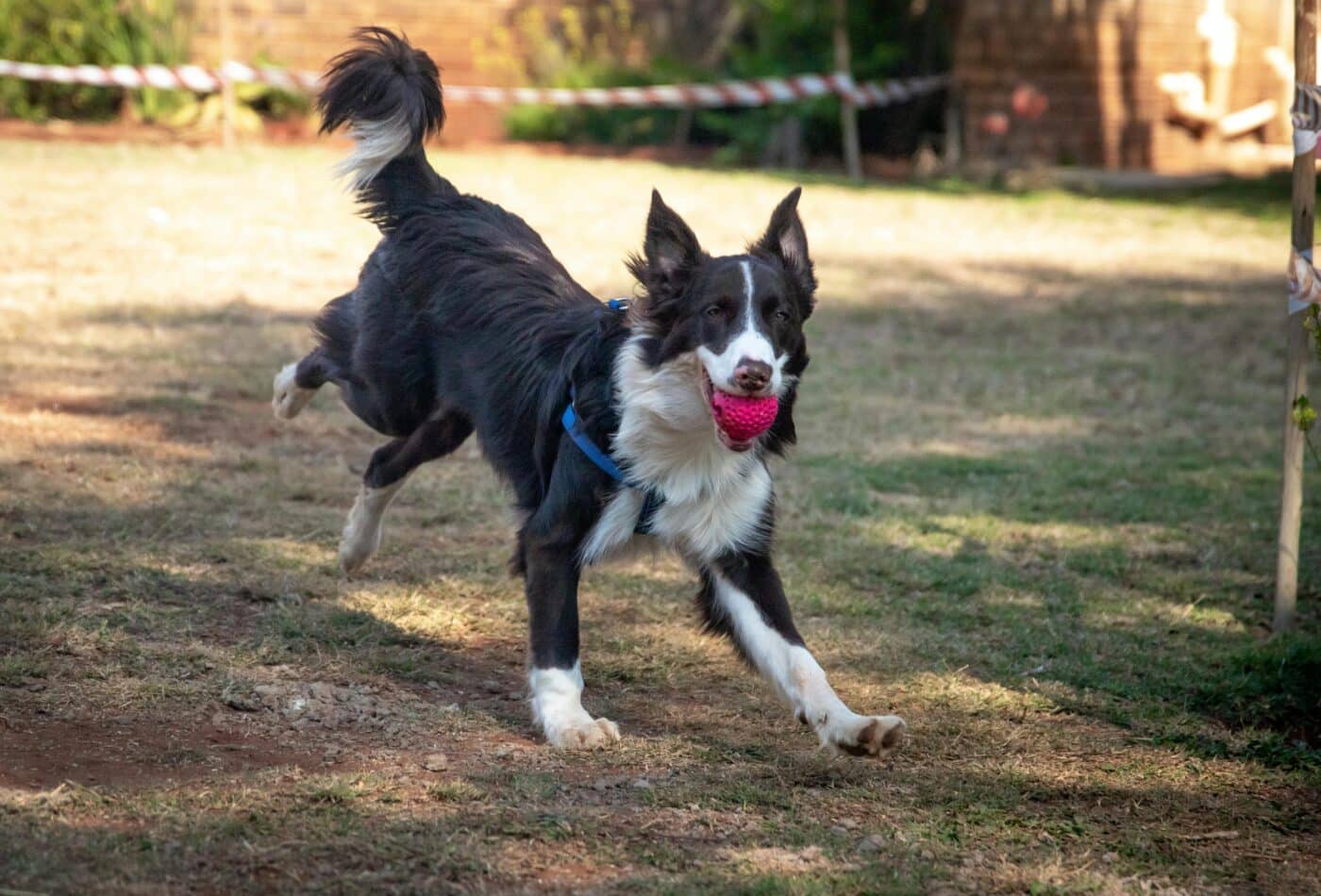 Shutterstock
Shutterstock
Dogs quickly learn that tail-wagging often brings attention and affection from their humans. When they see you, a wagging tail might be their way of saying, “Hey, look at me!” or “Come play with me!” Over time, they associate tail-wagging with getting the love and interaction they crave. This type of wagging is often accompanied by other playful behaviors, like nudging, pawing, or bringing you a toy. Dogs are clever at using their tails to communicate what they want, and this friendly wagging is an invitation for you to engage with them.
Showing Recognition and Familiarity
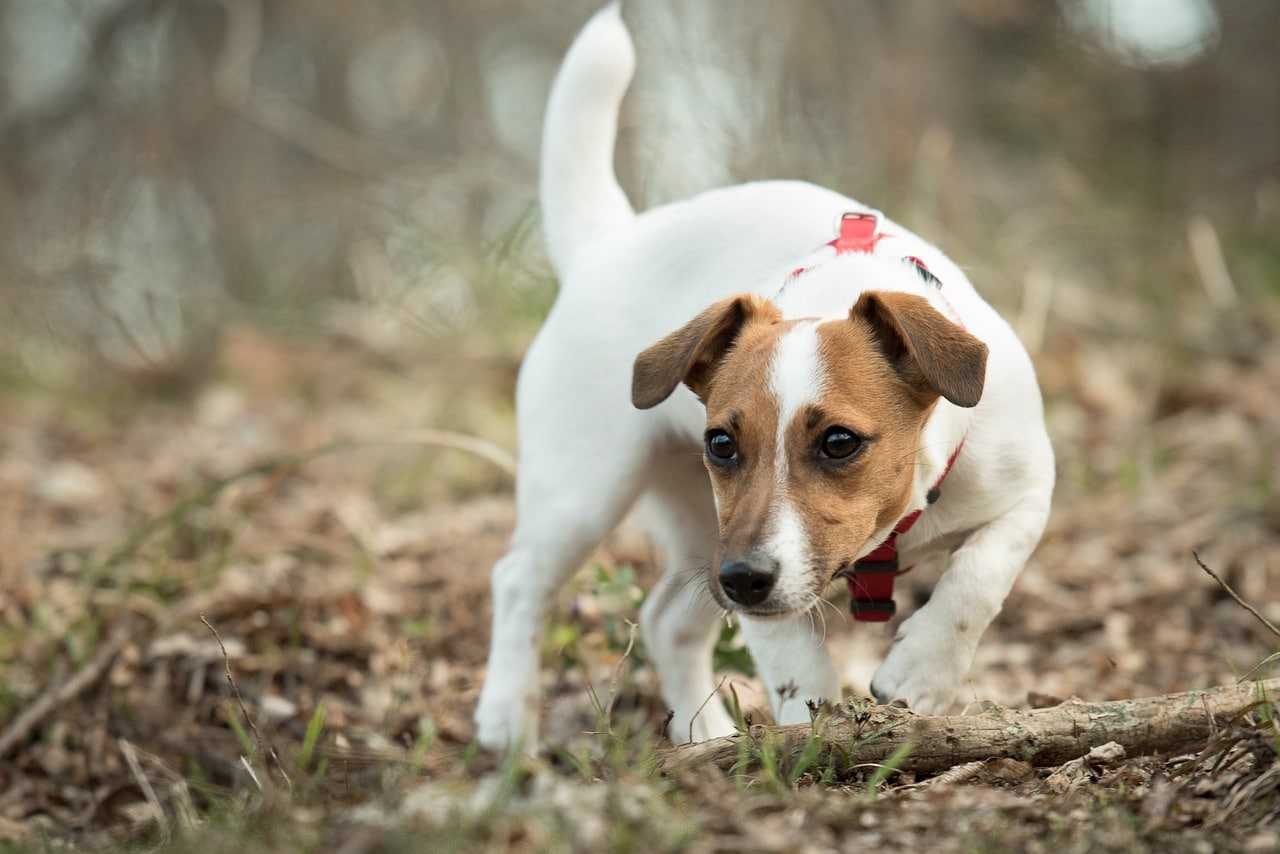 Shutterstock
Shutterstock
Dogs often wag their tails when they recognize someone familiar, such as a family member or close friend. This type of wagging usually starts the moment they see or smell someone they know and trust. Recognition triggers feelings of safety and comfort, and the tail-wagging that follows is their way of showing appreciation for familiar faces. Dogs’ memories of people are strongly linked to scent and visual cues, so when they recognize someone, they’re often quick to wag their tail in greeting. This type of wag is essentially a happy hello, confirming their bond with those they know well.
Signaling Anticipation and Excitement
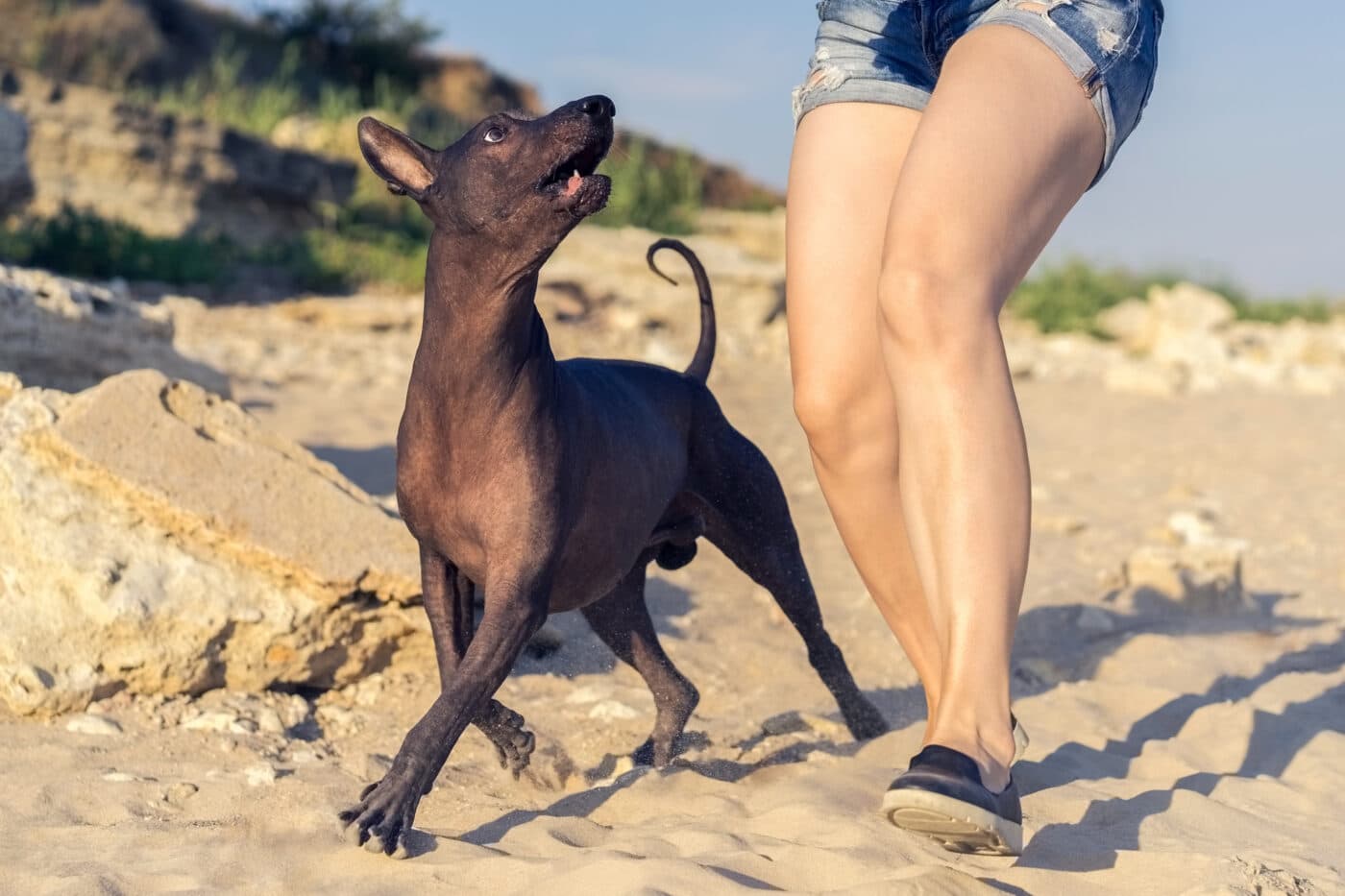 Shutterstock
Shutterstock
Dogs frequently wag their tails when they anticipate something enjoyable, such as a meal, a walk, or playtime. When they see you preparing their leash or notice you reaching for their food bowl, their tail may start wagging in excitement. This anticipatory wagging is typically fast and vigorous, as they can barely contain their enthusiasm for what’s coming next. For dogs, routine activities become cherished moments of bonding, and their tail-wagging reflects their eagerness to share these experiences with you. This behavior is one of the ways dogs demonstrate just how much joy they find in daily routines with their human companions.
The Tail End Of The Story
 Shutterstock
Shutterstock
A wagging tail is a language unique to dogs, expressing emotions from joy and curiosity to comfort and connection. This simple gesture communicates much more than we might realize, giving insight into how our furry friends feel and their excitement about being with us. The next time you see that tail happily wagging, remember—it’s not just a greeting. It’s your dog’s way of sharing affection, excitement, and a little bit of love with you, one cheerful wag at a time.

 2 weeks ago
9
2 weeks ago
9

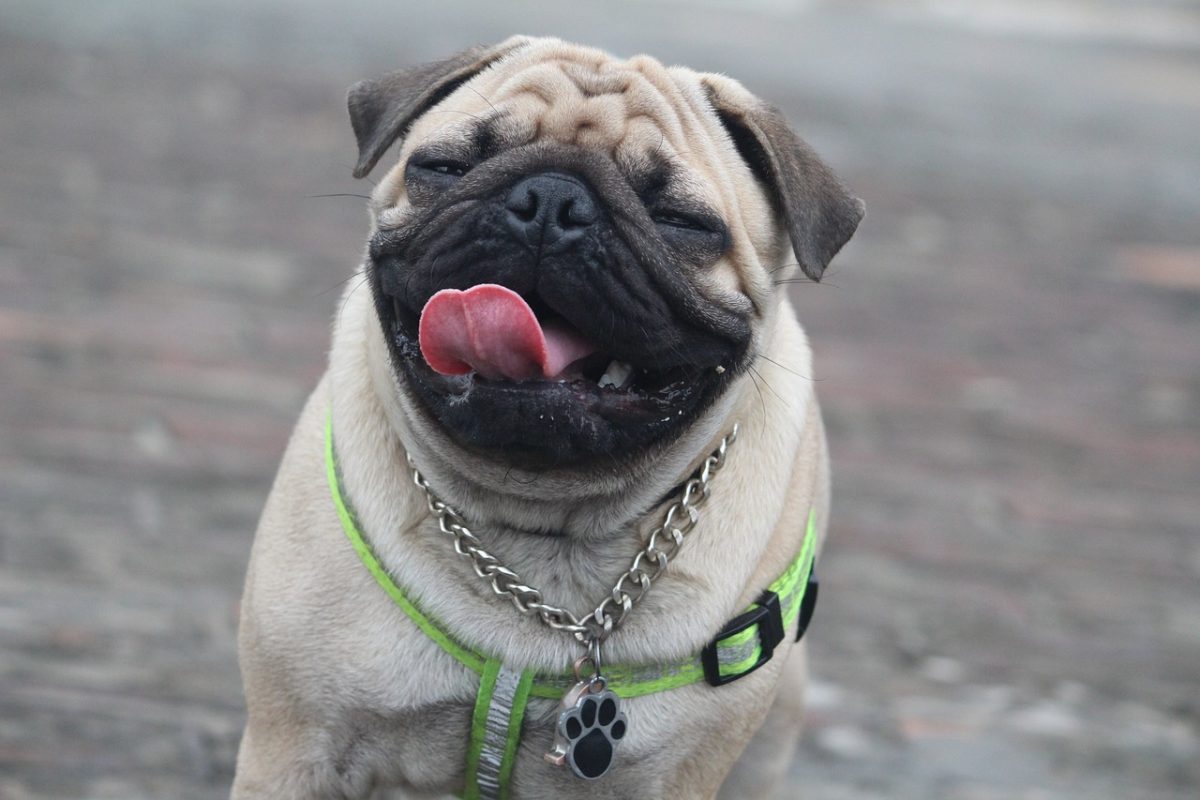
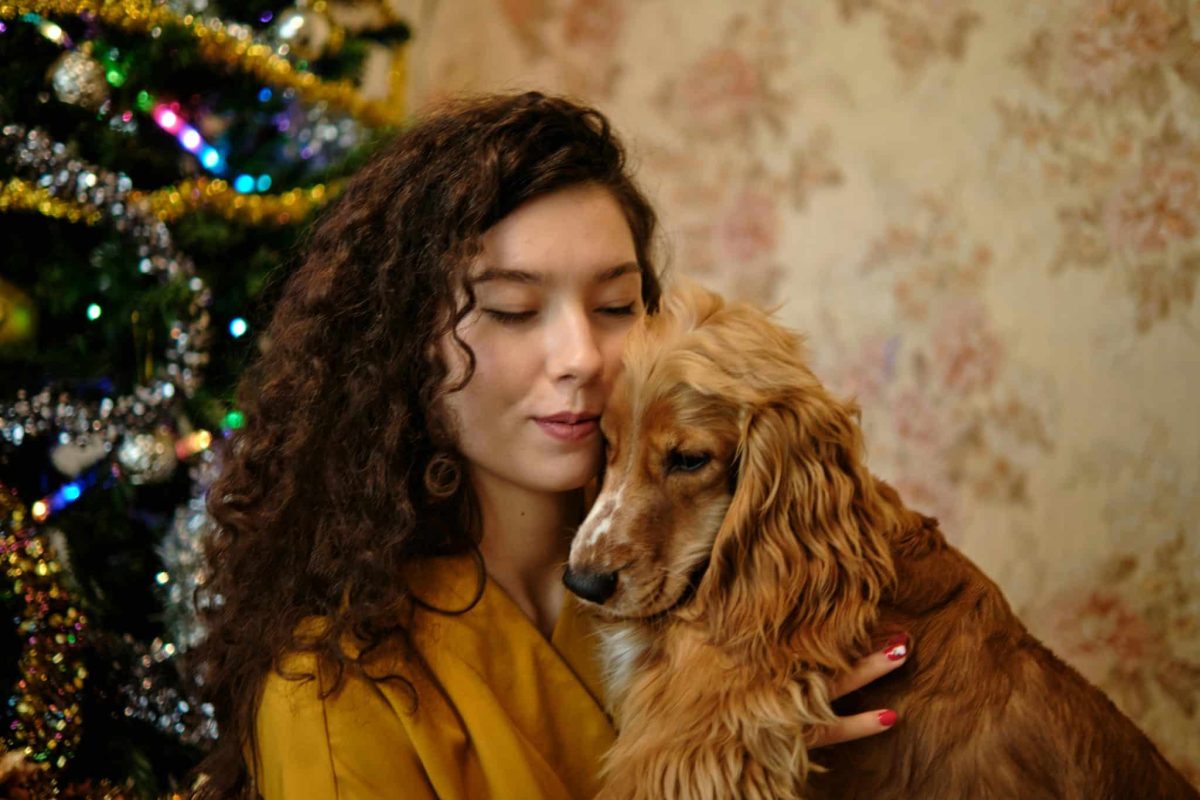
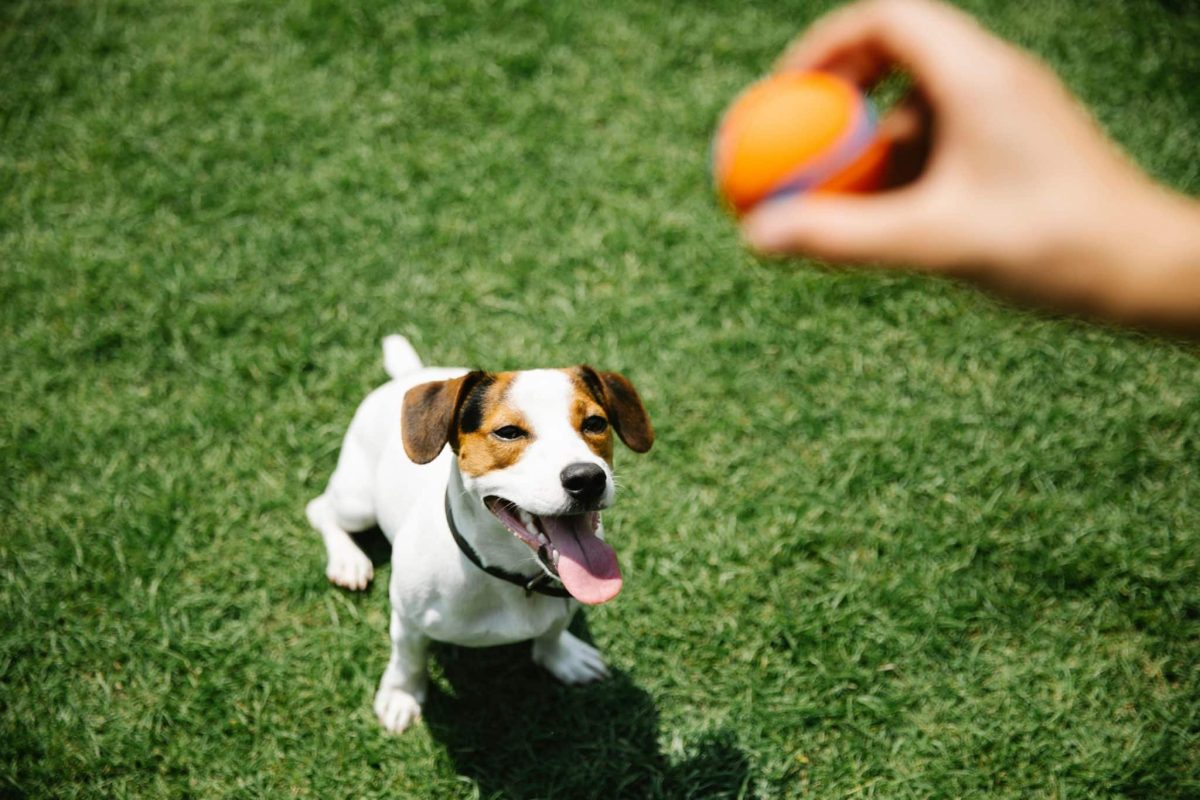
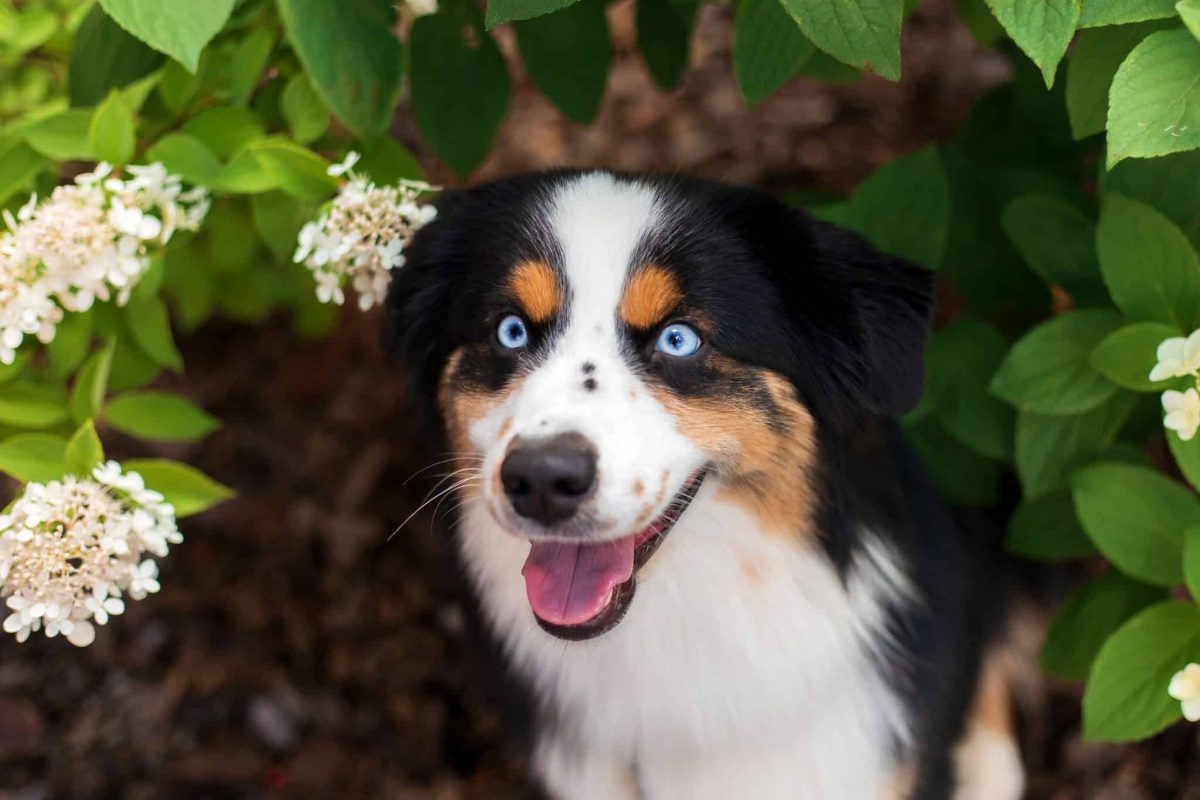

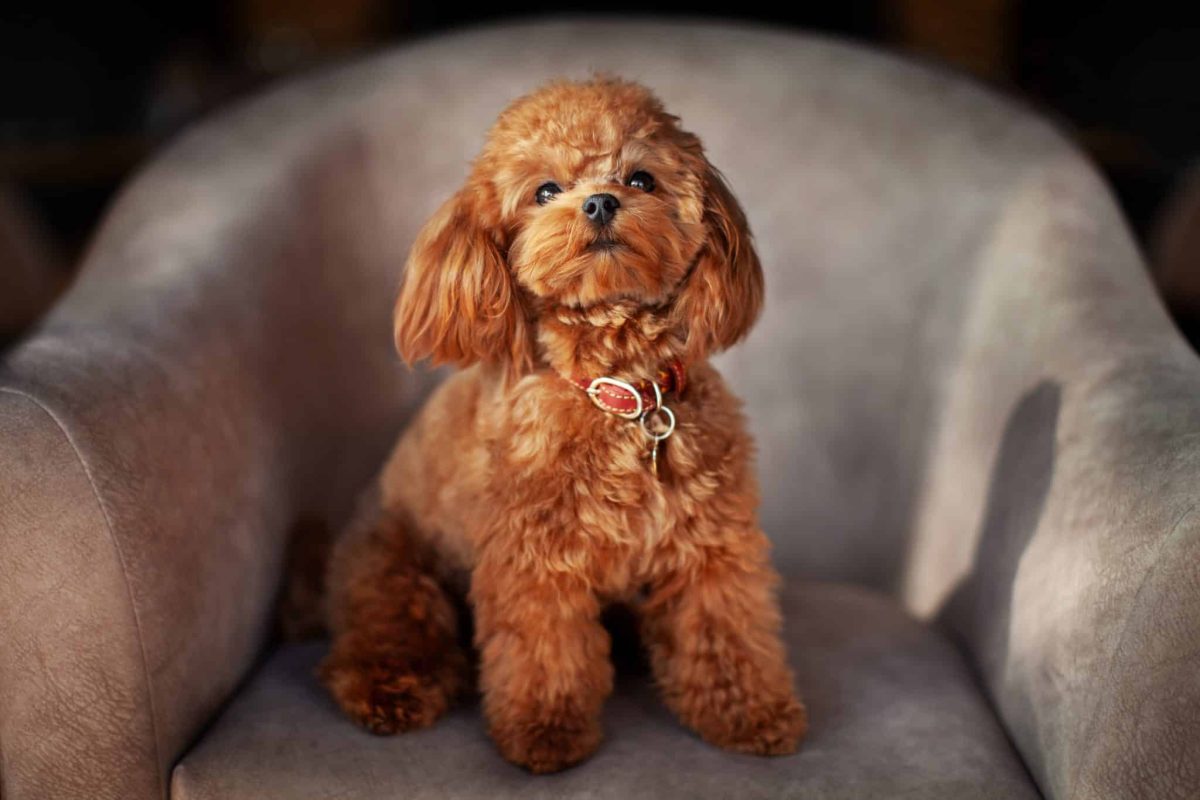




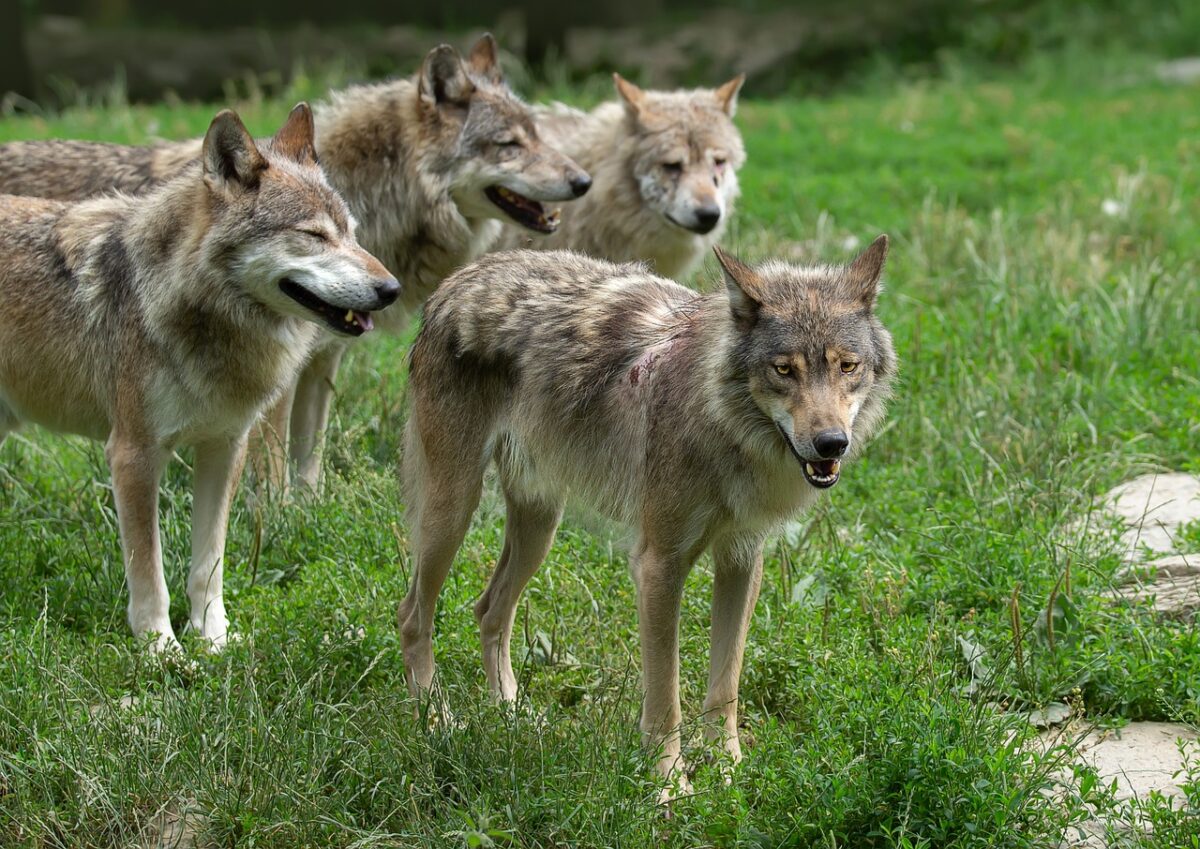
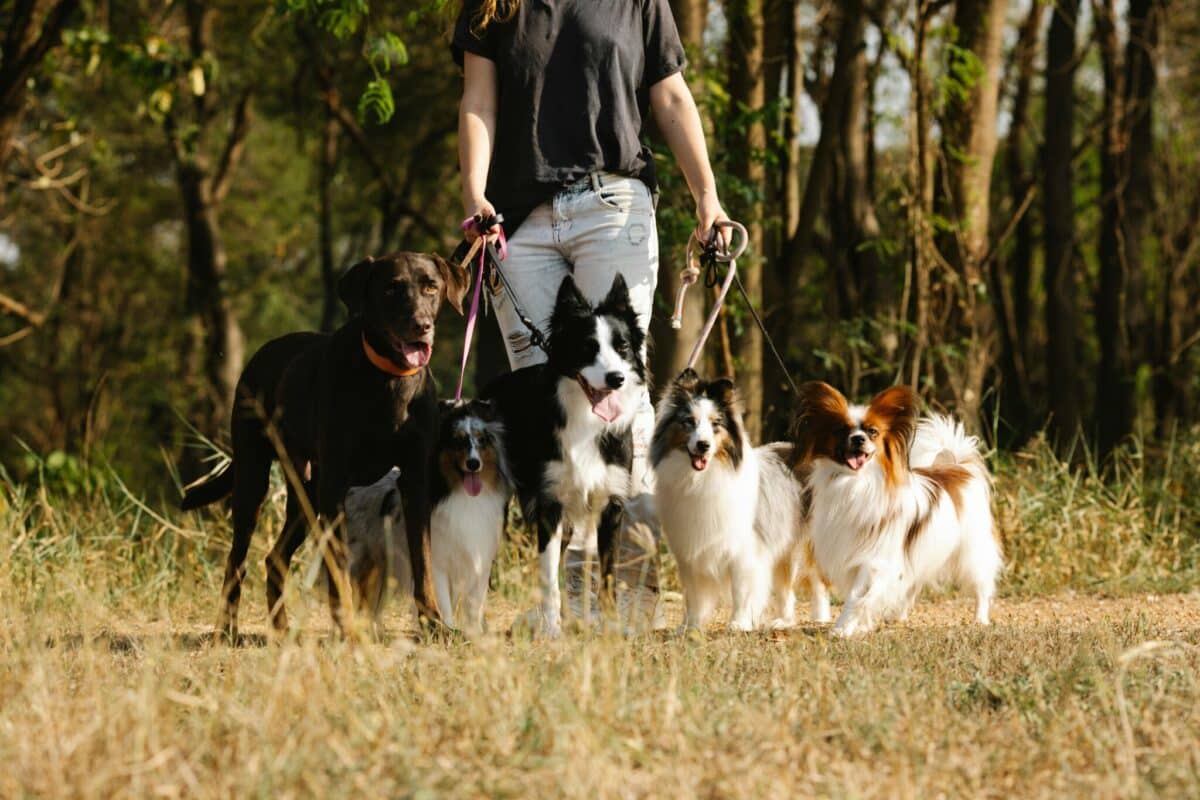



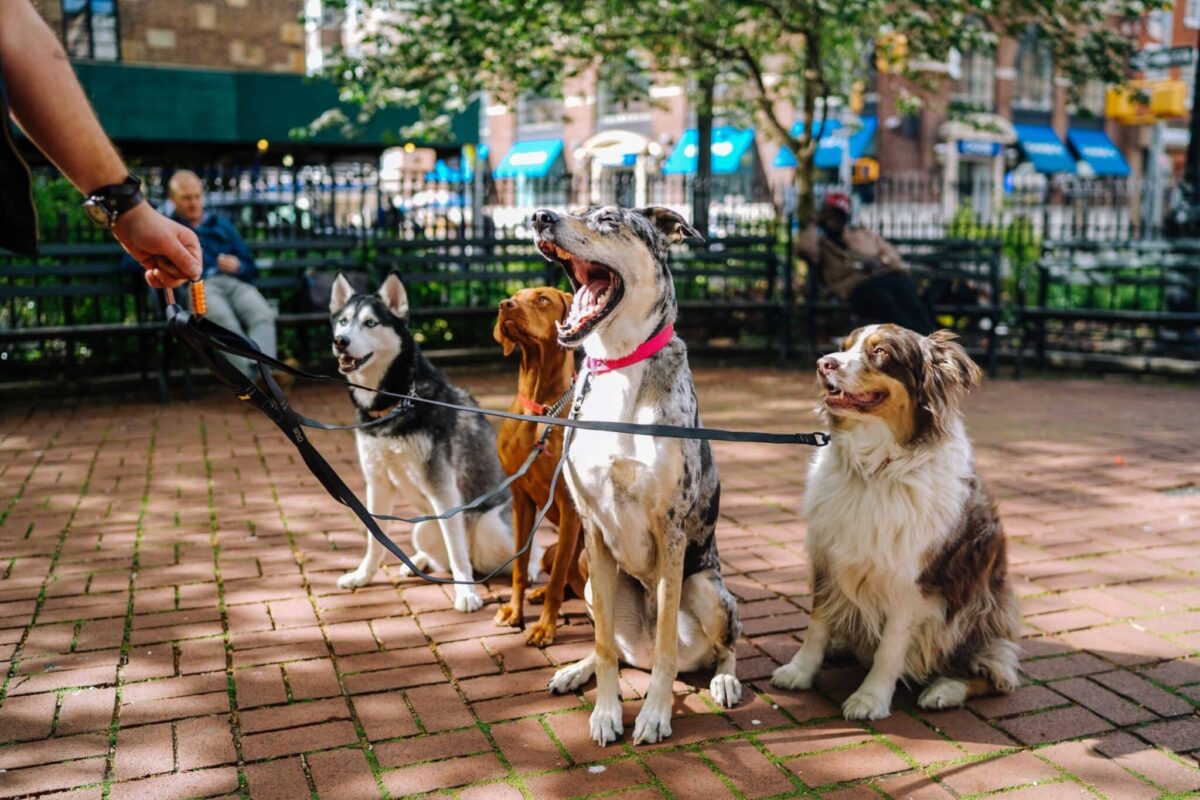

 English (US) ·
English (US) ·